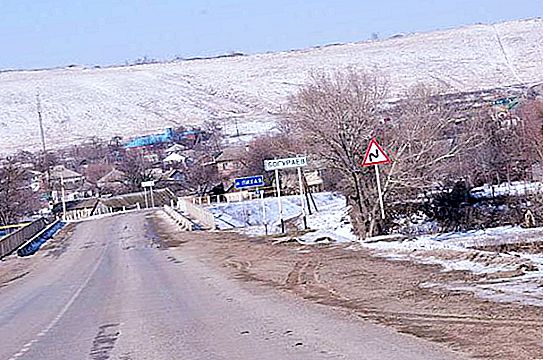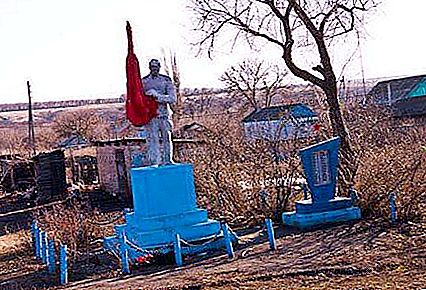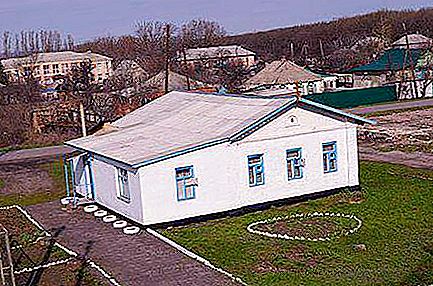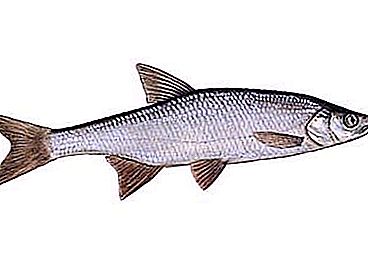Belokalitvinsky district is located in the central part of the Rostov region in the steppe zone of the European territory of Russia. It is characterized by the features inherent in many regions of the Rostov Region: the predominance of extractive industries, the relatively low level of agricultural development. The administrative center is the city of Belaya Kalitva.

History
Belokalitvinsky district of the Rostov region was formed in 1923 and then was part of the Donetsk province of the Ukrainian SSR. However, the very next year he became part of the North Caucasus region. After which he repeatedly changed his status, and from 1954 to 1957 he was part of the then Kamensky region.
The history of Belaya Kalitva begins in 1703, when the village of Ust-Belokalitvinskaya was formed from a small Cossack village. The village received its modern name in 1941, however, it acquired the status of a city only in 1958. Then Belaya Kalitva is proclaimed the administrative center of the Belokalitvinsky district.
Geographic features
The area of the district is approximately 2650 km 2, the meridional length is 150 km. The distance from Rostov-on-Don is about 170 km. The largest flowing rivers are Seversky Donets and the Kalitva River flowing into it. The nearest more or less large city - Kamensk-Shakhtinsky - is located 55 km west of the city of Belaya Kalitva. In the east, the Belokalitvinsky district borders on the Morozovsky district of the Rostov region.

Climatic conditions correspond to the conditions of typical steppes, with a pronounced moisture deficit in the second half of summer. The annual rainfall is about 400 mm. Despite the high daytime temperatures in July and August, low relative humidity facilitates heat tolerance. Winter is relatively frosty, with individual thaws, but not very snowy. Due to global warming, an increase in aridity is observed in the area, which led to a decrease in water levels in the Seversky Donets and Kalitva rivers, and in combination with the effect of an increase in the concentration of CO 2, to overgrowing of beach areas along the banks of these rivers. This has contributed to reduced shipping and recreational attractiveness. Another reason for siltation is irrational farming, including deep plowing and plowing in the water protection zones of this region.
The territory is characterized by a wide-walled steppe landscape with a large number of ravine-type beams and valleys. Steppe vegetation is most typical. Differences in relief are associated with geological formations: the southwestern part of the region is more elevated, since it is located on the eastern outskirts of the Donetsk Ridge.
Mineral reserves are represented by coking coal and anthracite, sandstone, limestone, clays, and building stone.
District Economy
The main direction of the economy is industrial production (more than 80%). The role of agriculture is much more modest. The remaining sectors are of little importance (1-3%). Belokalitvinsky district is one of the coal-mining regions of the Rostov region and the Donbass as a whole. Therefore, the extraction and processing of coal is central to the economy. Also, aluminum rolled products, crushed stone, confectionery, dairy products, etc.
Ecological state
Although the area is not densely populated, its ecological state cannot be called favorable. In addition to industrial pollution, contribute to the deterioration of the environmental situation and problems such as:
- Unauthorized landfills and the burning of plastic waste and manure.
- Clogged fields with weeds and ragweed.
- Siltation, shallowing of rivers, the disappearance of springs, a decrease in water quality.
- Land salinization and loss of humus.
- Irrational plowing of land.
- Burning grass and stubble.
The main pollutants in the area are: benzapyrene, nitrogen oxides, formaldehyde, hydrogen fluoride, sulfur dioxide, dust particles. The increase in pollution affected the health of the residents of Belaya Kalitva, which was confirmed by studies.
sights
The most significant sightseeing object is the local history museum of the city of Belaya Kalitva. Mayakovsky's culture and leisure park, which was opened in the 19th century, is also popular. There are objects related to the history of the city, sculptures.
The tract "Black Beam" is a natural monument. Known for its oak forest, stone outcrops, feather grass steppe. More than 150 species of vascular and 11 Red Book species of plants grow here.
The tract "Filkino" is an array of oak forest, with a large number of Red Book species.

The area is also famous for its temples, monuments, sculptures.





